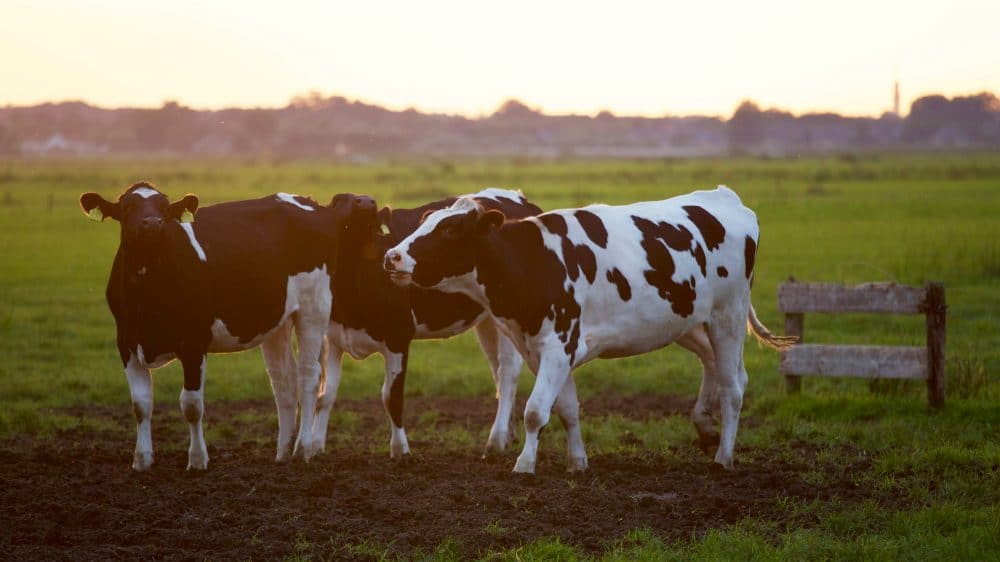
Running an agricultural business is very different from running any other type of business. Therefore your bookkeeping is going to be managed differently too. It doesn’t matter whether you have a couple of sheep on a few acres as a hobby farm or whether you are a large farming or cattle enterprise, if you’re running an agricultural business there are some important things you should consider when it comes to managing your books.
Separate your bank accounts
In any business, having separate accounts for your business income and expenditure to your personal account is best practice. It makes things a lot simpler when it comes to tax time and your bookkeeper or accountant will thank you. It is much easier to differentiate between personal transactions and that of your business so that you are maximising what you can claim. If you are operating as a sole trader, you don’t have to have a separate bank account from your personal account but it does make things a little easier. If you are operating as a partnership, company or a trust, you must have a separate bank account for tax reasons.
Record your livestock
Although most farmers know what animals they have and how many to a reasonable amount, knowing exact numbers makes good business sense. Livestock breed, some die and therefore, your livestock numbers will change throughout the year.
Recording purchases and sales of livestock into your accounting software is important to give you more comprehensive financial information about your business such as an average cost and sale price per head.
Track everything in the cloud
If you have good internet, you can utilise cloud storage to get access to all of the information you need about your business, resources, bank accounts and much more. Examples of good cloud storage solutions include Google Drive or Dropbox. By utilising a good cloud accounting software such as Xero, you’ll be able to have direct feeds to banks and supplier information all in the one place. Cloud accounting software can help you to save time and track everything efficiently.
Payroll is in the cloud
Not only can you track everything for your business in the cloud if you’re using Xero but this should also include your payroll information. Cloud-based software has the potential to make life so much easier for agriculture businesses when managing staff.
Choosing a cloud-based software means that your data and information are available anywhere you can connect to the internet. You’ll be able to stay compliant and give your employees simple and easy ways to manage their timesheets, access their payslips and update their payroll information. There are also a number of features relating to Xero specifically that can assist with your payroll in the cloud. Features such as your employees being able to update timesheets via the Xero Me app is very useful.
Track repairs and maintenance
Tracking repairs and maintenance costs in relation to large pieces of equipment and machinery can be really important to improving the bottom line of an ag enterprise. By doing so, you can see what your equipment is costing you to run and to inform your decision making as to when to invest in new gear.
In Xero, you can set up tracking categories to see how different areas of your business are performing. This keeps your chart of accounts manageable. Once you have set up the tracking in Xero, it is simple to run a report according to your tracking categories. If we think about running an ag business, setting up categories for “Property” (if you are running multiple locations) and “Equipment” (with a list of your main pieces of equipment and machinery) can work well to give you the information you need. That way, you can easily associate a sale and or expense with a property and/or a piece of machinery/equipment allowing you to run a profit and loss report as per either category.
Manage your fuel tax credits
Setting up your fuel as an inventory item that you ‘purchase’ will help you to track fuel purchases and enable you to know how many litres of bulk fuel you have purchased to make your Fuel Tax Credit claims. You can then amend the settings on the Inventory Items Summary Report by clicking “Report Settings” to show how many units were purchased in a period and give you the information you need for preparation of your Activity Statement.
Managing livestock and commodities in Xero
Managing livestock and commodities in Xero is simple. So that you have a good idea of how much you have sold within a specified time period, we recommend setting up cattle as “Products and Services” or Inventory in Xero.
If you want to know how many tonnes of a particular commodity you have sold and at what price, you can set up each commodity as an inventory item. For example, you would add chickpeas, wheat and mung beans as inventory items in Xero. When setting them up in Xero, just select the option “I sell this item”. You would then use this item each time you make a sale and enter the quantity as the tonnes sold. You will then be able to run a report to see the total tonnes sold in a period.
Already using Xero? Still not sure how to make the most out of Xero for your agricultural business? At Diverse Business Consultants, we understand ag.
Sarah, the Director of Diverse Business Consultants, has extensive experience in the agricultural industry having grown up on a large cattle operation. Today, Sarah is involved in her husband’s farming enterprise near Roma, Queensland while running Diverse. With this much knowledge and experience, Sarah has introduced an Online Ag Accounting Mastery course to help you set up and use Xero like a pro.
Find out more about the online course here or contact Diverse Business Consultants today.




